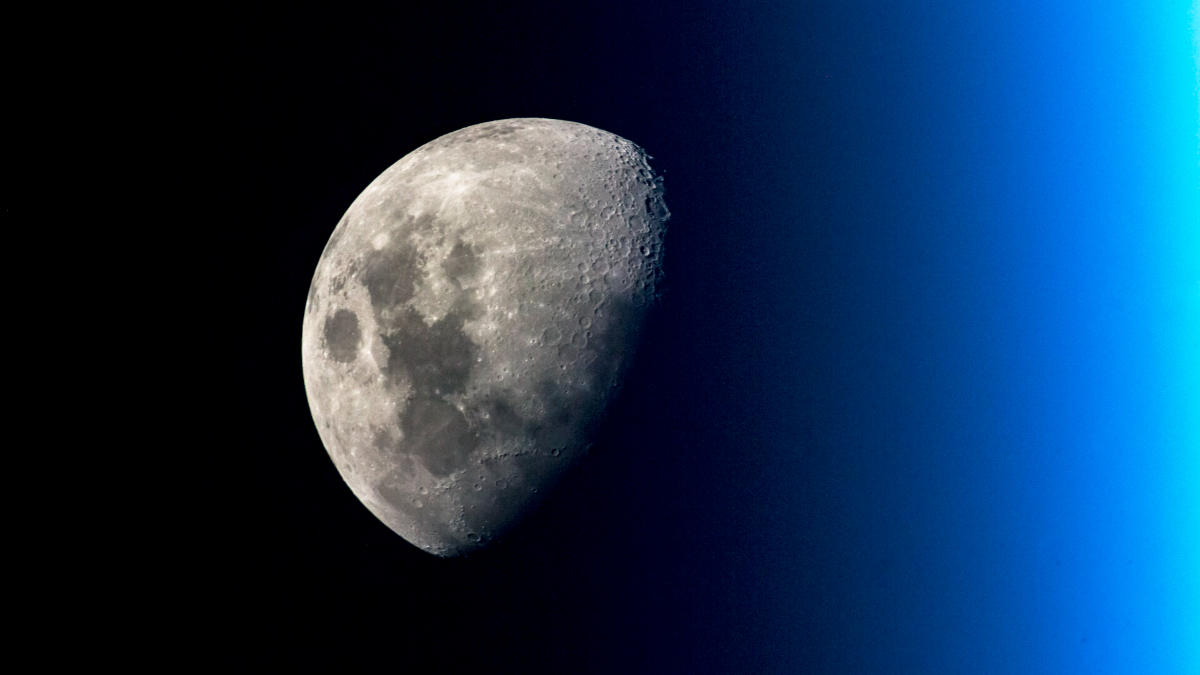Scientists have discovered the reason why the Moon’s dust clouds are more abundant on whichever side faces the Sun. The study explaining this strange phenomenon was published by the Journal of Geographical Research a few weeks ago.
Why Are There More Dust Clouds On The Side Facing The Sun?
Research by Sebastien Verkercke found that the abundance of dust clouds on the Moon’s surface is closely related to temperature. However, to better understand this, we need to look at the nature of these dust clouds.
Unlike Earth, the Moon lacks a protective atmosphere, hence making it exposed to micrometeoroids flying in space. These micrometeoroids often crash into the Moon, crushing the layer of dust and loose rocks called regolith found on the lunar surface.
The impact of this crash lifts the crushed particles above the lunar surface, and it gathers, forming a cloud. These dust clouds aren’t visible to the eye; however, scientists observed that they are more abundant on the side of the Moon that is facing the Sun.
This phenomenon has puzzled many, but we now have an explanation: in comparison, the side of the Moon facing the Sun is hotter than the other side. This temperature difference stood out to Verkercke and his team when studying the Moon’s dust clouds. In hot environments, dust is suspended for longer in the air, whereas in cold environments, dust quickly settles, but Verkercke and his team needed to actually test this.
Turning To Computer Models
Verkercke and his team used computer models to simulate the cause of dust clouds, micrometeoroids crashing into the Moon. From this simulation, Verkercke and his team were able to make some remarkable discoveries.
The first discovery was that the size of the dust clouds after a meteoroid crash is a reflection of how compact the lunar surface is. They also noticed that meteorite crashes on the Moon’s Sun-facing side raise over 8% more particles than the other side.
Verkercke and his team plan to use this analysis to understand meteorite impact on other solar bodies like Mercury. Future missions will aim to physically study the hypothesised observation that Verkercke and his team will make.

